
Epidemiology lab supports flu vaccine development

Air Force Staff Sgt. Gerald Gatlin prepares serology samples in the immunodiagnostic section of the Epidemiology Laboratory Service, also known as the ‘Epi Lab,’ at the 711th Human Performance Wing’s United States Air Force School of Aerospace Medicine and Public Health at Wright Patterson AFB, Ohio. (U.S. Air Force photo by J.M. Eddins Jr.)
WRIGHT-PATTERSON AIR FORCE BASE, Ohio — The United States is currently in the midst of influenza season, but the medical readiness of service members across the world is being supported by a DoD-wide respiratory pathogen surveillance program located at the United States Air Force School of Aerospace Medicine. The Centers for Disease Control and Prevention is reporting 19 million cases, 180,000 hospitalizations, and 10,000 deaths in the U.S. alone.
The USAFSAM Epidemiology Lab, part of the Air Force Research Laboratory’s 711th Human Performance Wing, is the sole clinical reference lab for the Air Force. It provides force health screening, as well as clinical diagnostic testing for its customers around the world.
Dr. Paul Sjoberg, a program manager with the Department of Defense Global Respiratory Pathogen Surveillance Program at USAFSAM’s Epi Lab, and his colleagues monitor influenza to provide the CDC and the U.S. Food and Drug Administration with critical data to facilitate the creation of the influenza vaccine each season.
Sjoberg explained how the surveillance program works to identify changes in viruses.
“We’re actually out globally at military installations and collecting specimens from individuals that are ill. We are looking for certain symptoms that would help us potentially identify a respiratory virus and specifically, influenza. Do they have a fever, or a cough and a sore throat?”
Sjoberg continued, “We work with military installations here in the United States and abroad to see if something is occurring and work with the CDC and FDA here in the United States and the World Health Organization globally to provide that change, if necessary.”
Sjoberg explained that as they look at the changes within the virus to determine if there are mutations occurring, they are also looking for anything unique that stands out.
“We share the information with the CDC and help push this potential change to the influenza vaccine each year. The virus is always changing throughout the world,” he said.
“Because the U.S. military has service members and civilians all over the globe, the DoD Global Respiratory Pathogen Surveillance Program conducts more extensive monitoring than any other domestic surveillance system does to address those changing environments that service members are in,” Fries said.
However, responding to changes in the virus does take some time.
“Our vaccine manufacturing process takes a long time - six to eight months from when you make decisions about what you think the population should be vaccinated against in the coming flu season,” Fries said.
Fries explained that in February, in the northern hemisphere, the World Health Organization, Centers for Disease Control, Food and Drug Administration, and the Defense Department get together and make decisions on the upcoming season according to what has been seen thus far.
“At that point, you characterize and do your best effort to take a very educated guess from a lot of data that have been accrued to say to the industry reps that are sitting at the table with you, ‘These are the candidate viruses that we think you should take back to your labs. We want you to grow those in mostly egg-based systems and amplify it and grow it enough that we can then mass distribute it across the globe to the benefit of the prevention of influenza.’”
“If we get that guess wrong, we are then months behind in the generation of an emergency vaccine for instance. This is another emphasis as to why we watch this so closely. Overnight, these could change and go a different direction than what a lot of forecasters think these are going toward,” he said.
These health officials ask questions such as, “Are we seeing something starting to arise that is more than what is normal, but what we haven’t seen in the past? Is there enough of the population globally that would be impacted by this?
“We all see things a little differently and that sometimes helps make that final decision,” said Sjoberg.
Sjoberg shared a success story for the DoD surveillance program at the Epi Lab that relates to the concern with the pandemic influenza virus that emerged in 2009.
“In 2009, there was the H1N1 pandemic. Because of what we were able to do in our lab and in our partner lab in California (the Naval Health Research Center), we identified the first H1N1 viruses in the United States in California and Texas. The CDC asked for that virus, and that virus was then utilized as a seed virus for that pandemic vaccine. Our program provides the ability to quickly identify something that is occurring in the population that is responsive to the needs of not only the U.S., but globally,” Sjoberg explained.
“The public should know that the vaccine in and of itself is the best method for protection against flu,” Fries emphasized. He went on to explain that the vaccine can reduce the likelihood of contracting the virus by 30 to 80 percent.
Disclaimer: Re-published content may be edited for length and clarity. Read original post.
MHS prepared to support interagency coronavirus response
Article
2/6/2020
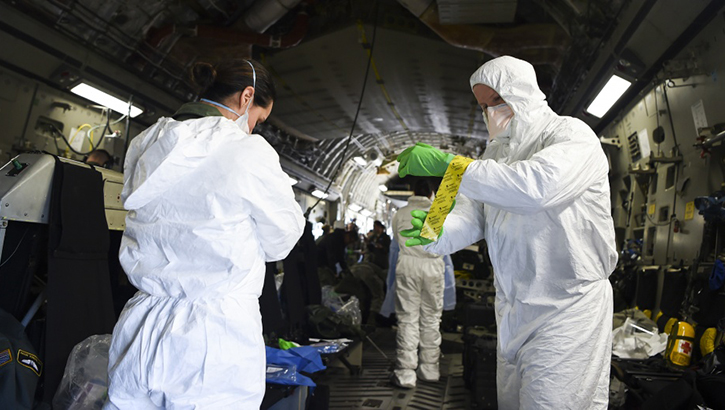
From R&D to force health protection, MHS protects DoD personnel and families
DoD releases guidance to protect forces from novel coronavirus
Article
1/31/2020
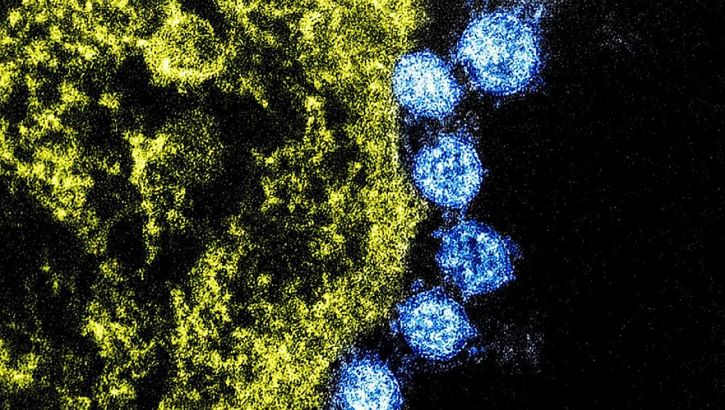
Basic infection controls offer best defense against illness
Coronavirus: What providers, patients should know
Article
1/24/2020
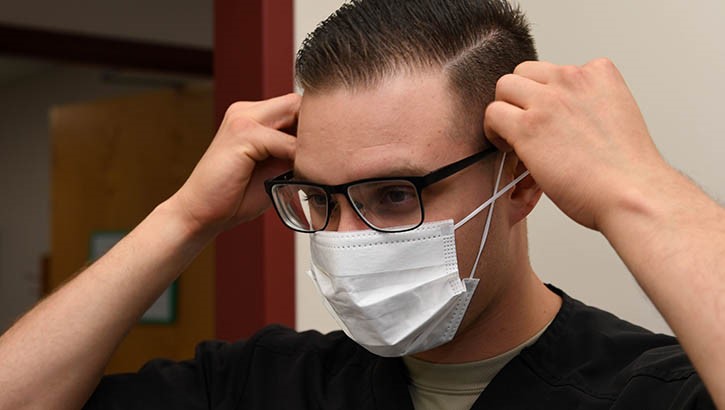
What to do now that virus has appeared in U.S.
MSMR Vol. 27 No. 1 - January 2020
Report
1/1/2020
A monthly publication of the Armed Forces Health Surveillance Branch. This issue of the peer-reviewed journal contains the following articles: Carbon Monoxide Poisoning, Active and Reserve Component Service Members and Non-Service Member Beneficiaries of the Military Health System, U.S. Armed Forces, July 2009–June 2019; Respiratory Pathogen Surveillance Trends and Influenza Vaccine Effectiveness Estimates for the 2018–2019 Season Among Department of Defense Beneficiaries; Brief Report: The Early Impact of the MHS GENESIS Electronic Health Record System on the Capture of Healthcare Data for the Defense Medical Surveillance System; and Brief Report: Incidence and Prevalence of Idiopathic Corneal Ectasias, Active Component, 2001–2018.
MSMR Vol. 26 No. 12 - December 2019
Report
12/1/2019
A monthly publication of the Armed Forces Health Surveillance Branch. This issue of the peer-reviewed journal contains the following articles: Editorial: Mitigating the risk of disease from tick-borne encephalitis in U.S. military populations; Tick-borne encephalitis surveillance in U.S. military service members and beneficiaries, 2006–2018; Case report: Tick-borne encephalitis virus infection in beneficiaries of the U.S. military healthcare system in southern Germany; Update: Cold weather injuries, active and reserve components, U.S. Armed Forces, July 2014–June 2019
Antibiotic resistance a serious threat that's growing, CDC warns
Article
11/15/2019
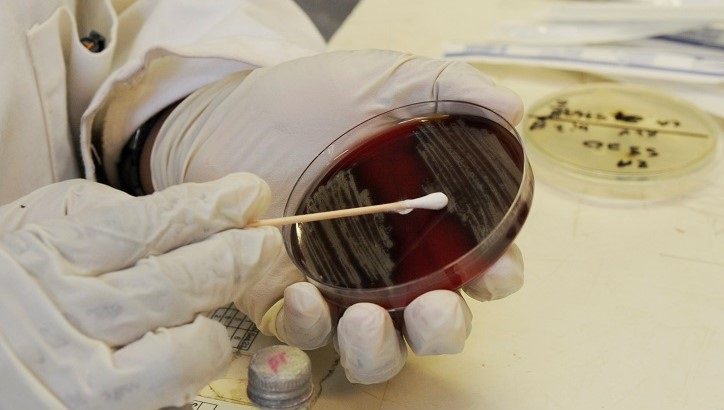
Newly published paper outlines issue, offers possible solutions
MSMR Vol. 26 No. 11 - November 2019
Report
11/1/2019
A monthly publication of the Armed Forces Health Surveillance Branch. This issue of the peer-reviewed journal contains the following articles: Editorial: Mitigating the risk of disease from tick-borne encephalitis in U.S. military populations; Tick-borne encephalitis surveillance in U.S. military service members and beneficiaries, 2006–2018; Case report: Tick-borne encephalitis virus infection in beneficiaries of the U.S. military healthcare system in southern Germany; Update: Cold weather injuries, active and reserve components, U.S. Armed Forces, July 2014–June 2019
Military exchanges extinguish vape sales
Article
10/18/2019
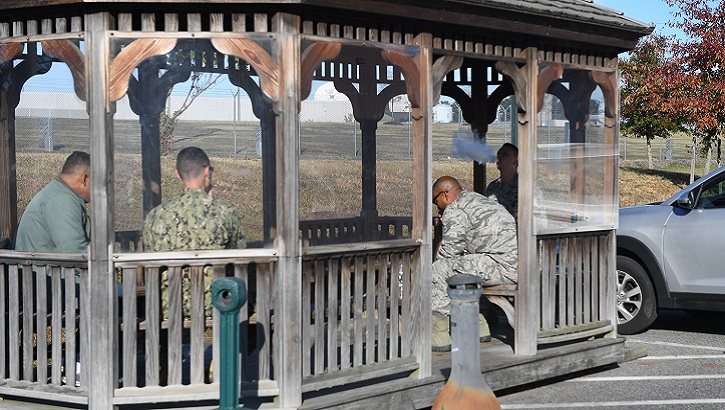
The long-term effects of vaping are unknown and not understood
MSMR Vol. 26 No. 10 - October 2019
Report
10/1/2019
A monthly publication of the Armed Forces Health Surveillance Branch. This issue of the peer-reviewed journal contains the following articles: Editorial: The Department of Defense/Veterans Affairs Vision Center of Excellence; Absolute and relative morbidity burdens attributable to ocular and vision-related conditions, active component, U.S. Armed Forces, 2018; Incidence and temporal presentation of visual dysfunction following diagnosis of traumatic brain injury, active component, U.S. Armed Forces, 2006–2017; Incidence and prevalence of selected refractive errors, active component, U.S. Armed Forces, 2001–2018; Incident and recurrent cases of central serous chorioretinopathy, active component, U.S. Armed Forces, 2001–2018
Health agencies investigating severe lung illnesses linked to e-cigarette use
Article
9/12/2019

Thirty-three states report 450 possible cases, six deaths
MSMR Vol. 26 No. 9 - September 2019
Report
9/1/2019
A monthly publication of the Armed Forces Health Surveillance Branch. This issue of the peer-reviewed journal contains the following articles: Editorial: The Department of Defense/Veterans Affairs Vision Center of Excellence; Absolute and relative morbidity burdens attributable to ocular and vision-related conditions, active component, U.S. Armed Forces, 2018; Incidence and temporal presentation of visual dysfunction following diagnosis of traumatic brain injury, active component, U.S. Armed Forces, 2006–2017; Incidence and prevalence of selected refractive errors, active component, U.S. Armed Forces, 2001–2018; Incident and recurrent cases of central serous chorioretinopathy, active component, U.S. Armed Forces, 2001–2018
MSMR Vol. 26 No. 8 - August 2019
Report
8/1/2019
A monthly publication of the Armed Forces Health Surveillance Branch. This issue of the peer-reviewed journal contains the following articles: Modeling Lyme disease host animal habitat suitability, West Point, New York; Incidence, timing, and seasonal patterns of heat illnesses during U.S. Army basic combat training, 2014–2018; Update: Heat illness, active component, U.S. Armed Forces, 2018; Update: Exertional rhabdomyolysis, active component, U.S. Armed Forces, 2014–2018; Update: Exertional hyponatremia, active component, U.S. Armed Forces, 2003–2018
Tick Facts: Dangers at the height of tick season
Article
7/31/2019

Many diseases are transferred to humans by ticks — Lyme is the most common, but several others, described here, are worth knowing about
Stop the Bleed: A battlefield innovation on civilian soil
Article
7/19/2019
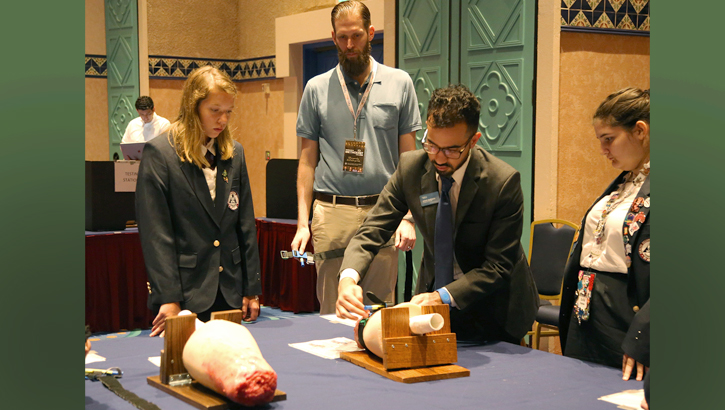
Program teaches public how to respond to bleeding emergencies
MSMR Vol. 26 No. 7 - July 2019
Report
7/1/2019
A monthly publication of the Armed Forces Health Surveillance Branch. This issue of the peer-reviewed journal contains the following articles: Modeling Lyme disease host animal habitat suitability, West Point, New York; Incidence, timing, and seasonal patterns of heat illnesses during U.S. Army basic combat training, 2014–2018; Update: Heat illness, active component, U.S. Armed Forces, 2018; Update: Exertional rhabdomyolysis, active component, U.S. Armed Forces, 2014–2018; Update: Exertional hyponatremia, active component, U.S. Armed Forces, 2003–2018
No comments:
Post a Comment